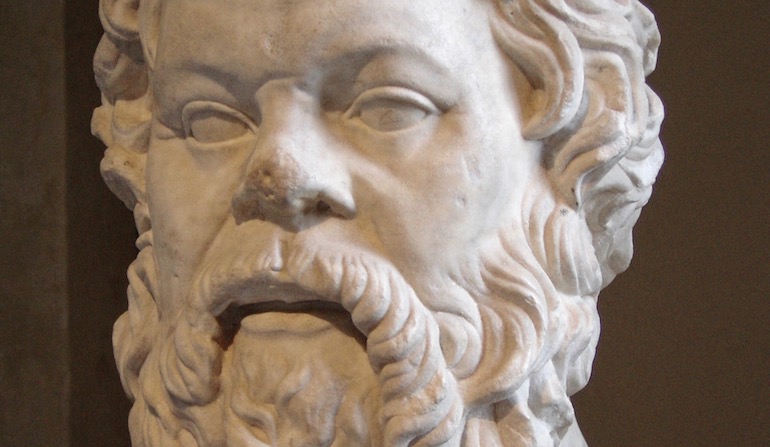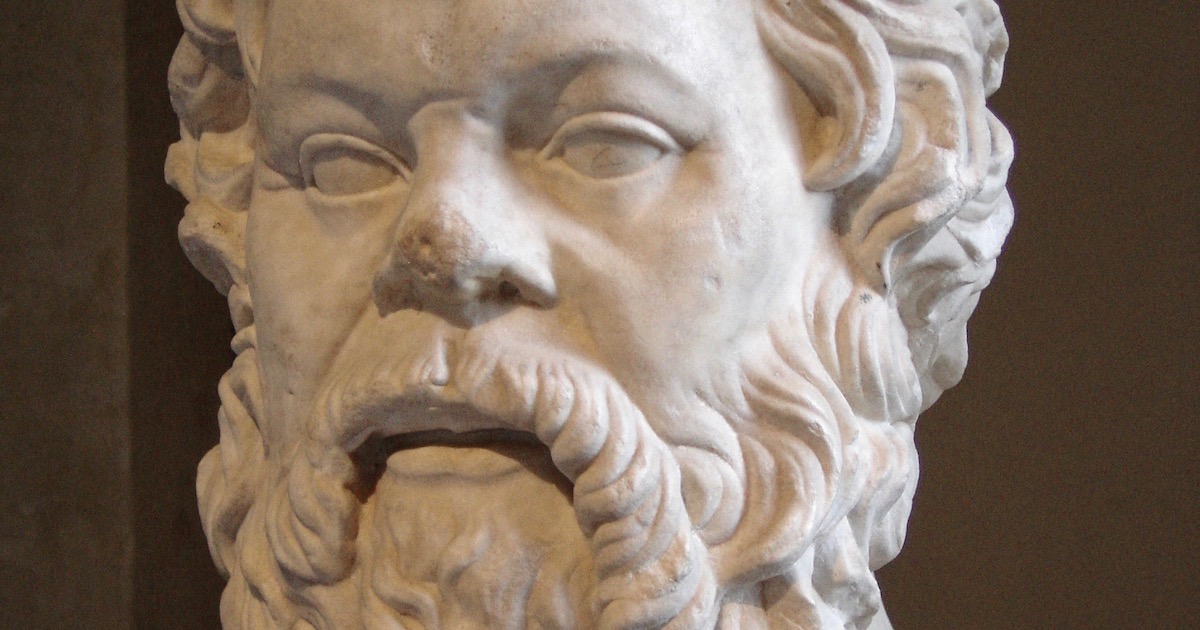 Intelligent Design
Intelligent Design
Origins of a Dictum


“Follow the evidence wherever it leads.” The dictum is almost the official rallying cry of intelligent design proponents. I was curious about its origins, since if you look it up on Google it’s attributed to Plato, by way of the late, formerly atheist philosopher Antony Flew, who used it to describe his embrace of intelligent design…and to atheist Neil deGrasse Tyson! This is interesting and ironic.
In the textbook Discovering Intelligent Design, the authors tracked it down to Flew and his co-author Roy Abraham Varghese. It appears in their 2007 book, There Is a God: How the World’s Most Notorious Atheist Changed His Mind. There it’s quoted as, “We must follow the argument wherever it leads,” from Plato, who gives it as a line to Socrates in The Republic.
A Paraphrase
It’s a paraphrase, to be precise. Socrates is discussing with Adeimantus the place of poets in the ideal society. From Allan Bloom’s translation (394d):
“I divine,” he said, “that you’re considering whether we’ll admit tragedy and comedy into the city or not.”
“Perhaps,” I said, “and perhaps something still more than this. You see, I myself really don’t know yet, but wherever the argument, like a wind, tends, thither must we go.”
It’s a fine expression of an open, tentative attitude, rendered in a punchier form by Flew and Varghese. They leave out the simile about wind, too.
In the revived Cosmos series of 2014, Neil deGrasse Tyson and his writers adopted the motto in the first episode:
This adventure was made possible by generations of searchers strictly adhering to a simple set of rules — test ideas by experiment and observation, build on those ideas that pass the test, reject the ones that fail. Follow the evidence wherever it leads. And question everything.
That made me laugh, since the series in fact leads viewers by the nose to conclusions that go very much against the evidence, as we showed in detail in the Discovery Institute Press book I edited, The Unofficial Guide to Cosmos. The Center for Science & Culture recognized Tyson as the Censor of the Year for this “photoshopped narrative of science,” “designed to convey an impression that faith was always an obstacle to scientific discovery, that all legitimate scientific controversies are in the past, that skeptics of scientific orthodoxy today are fools or worse.”
A Double-Edged Metaphor
The wind comparison is noteworthy, too. Evolution News the other day mentioned how the “Coriolis effect maintains wind patterns” as being among “familiar examples [of different patterns in nature that] can be explained with reference to natural law.” That is, by natural law alone. Darwin in his Autobiography used the wind to illustrate his own opinion that evolution gives no evidence of design:
The old argument from design in nature, as given by Paley, which formerly seemed to me so conclusive, fails, now that the law of natural selection has been discovered. There seems to be no more design in the variability of organic beings and in the action of natural selection, than in the course which the wind blows.
So the wind has two meanings relevant to the debate about Darwinian evolution. It describes an unguided natural process, the opposite of design. And then, the wind signifies allowing the evidence to lead you where it will: in a word, “surrender” to the power of a strong argument. As chemist Marcos Eberlin put it recently in his exchange here with Jerry Coyne, “I must confess I am short of such a faith [in unguided evolution]. Instead, I surrender to the best inference.”
A friend points out that “Darwin’s bulldog,” Thomas Henry Huxley, said something similar:
Sit down before fact like a little child, and be prepared to give up every preconceived notion, follow humbly wherever and to whatever abyss Nature leads or you shall learn nothing.
That’s excellent advice. If only Darwin’s present day bulldogs would follow it!
Photo: Head of Socrates, in the Louvre, by Sting [CC BY-SA 2.5], via Wikimedia Commons.
